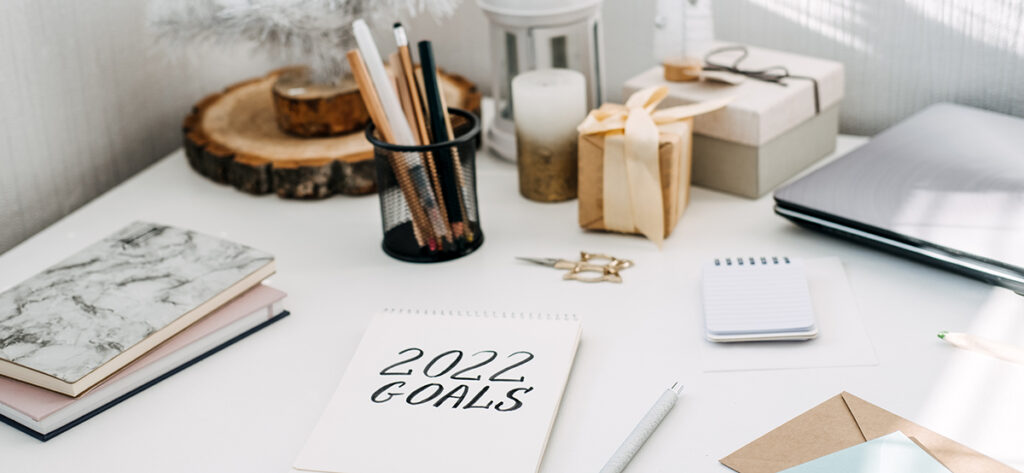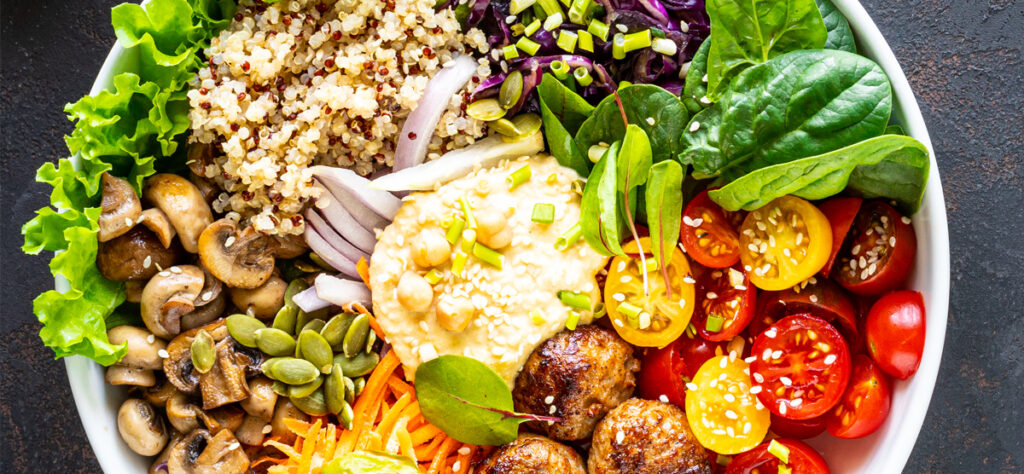Healthy Mitochondria Tips

“There is no amount of healthcare dollars that will improve our collective health status in the United States unless they are focused on mitochondrial health.” Casey Means, M.D. Ever wonder what keeps your body’s engines running smoothly day in and day out? Meet your mitochondria – the tiny yet mighty powerhouses of your cells! These little […]
Teens and Sleep Deprivation

Teens and Sleep Deprivation Our intern, Andy Lin, who enjoys doing health research in his spare time, was motivated by his own experience and those of his classmates (who are often sleep-deprived) to create this blog on sleep and why so many teens do not get adequate shut-eye. “Sleep is a symptom of caffeine deprivation.” […]
Why Am I So Tired All the Time?

Why Am I So Tired All the Time? You open your eyes in the morning, only to feel like you didn’t sleep a wink – or, the sleep you did get didn’t seem to do much, because you feel just as tired as you did when your head hit the pillow last night. It feels […]
Think You May Have Sleep Apnea? Options for Testing

Think You May Have Sleep Apnea? Options for Testing The time we spend sleeping dramatically affects our time awake. A good night’s sleep lets us wake up feeling refreshed, rejuvenated, and ready to take on whatever the day has in store. A rough night’s sleep, on the other hand, can lead us to starting the […]
Machine-Free Sleep Apnea Solutions

Machine-Free Sleep Apnea Solutions Do you often find yourself waking up, gasping for air in the middle of the night? Does your partner complain that you snore through the night? Or, maybe, have there been instances where you’ve woken yourself up with a loud snore? If yes to any of the above, know that you’re […]
5 Tips for Managing Stress

5 Tips for Managing Stress “I promise you nothing is as chaotic as it seems. Nothing is worth diminishing your health. Nothing is worth poisoning yourself into stress, anxiety, and fear.” – Steve Maraboli May is Mental Health Awareness Month! For many of us, it can feel like stress rules our lives—trying to manage kids’ […]
I Dreamt I Dwelt in Marble Halls – Decoding the Importance of Dreams

When I think about dreams and dreaming, my mind takes me to the hypnotic voice of the diva, Joan Sutherland, singing the aria “I Dreamt I Dwelt in Marble Halls” from The Bohemian Girl Opera. Whether it’s opera, Les Mis (“I Dreamed a Dream”) or Aerosmith (“Dream On”), dreams have so much meaning in our […]
The Importance of Self-Care Part 1

We all know that the choices that we make, even seemingly small ones, can have a big impact on our health. Incremental efforts add up like little steps which over time can amount to skyscraper-height changes! The key to making these positive, lasting changes is patience (sprinkled with kindness). If you’re making the shift towards […]
5 Tips to Starting Off the New Year in a Healthy Fashion

I used to make New Year’s Resolutions every year until I realized that making promises at the beginning of the year which inevitably get broken within 90 days was not a sustainable habit. So, in light of the New Year, I’ll share some things you can do to take control of your health without a […]
Don’t Go Breaking Your Heart – Myth-busting and Top Tips for a Healthier Heart

I recently listened to a healthy heart masterclass sponsored by the Food Revolution Network where Dr. Mimi Guarneri, a holistic cardiologist, shares tips on how to prevent or reverse heart disease without relying solely on drugs, surgeries or stents. So, in this blog, I’ll highlight the top myths along with health tips to keep your […]
